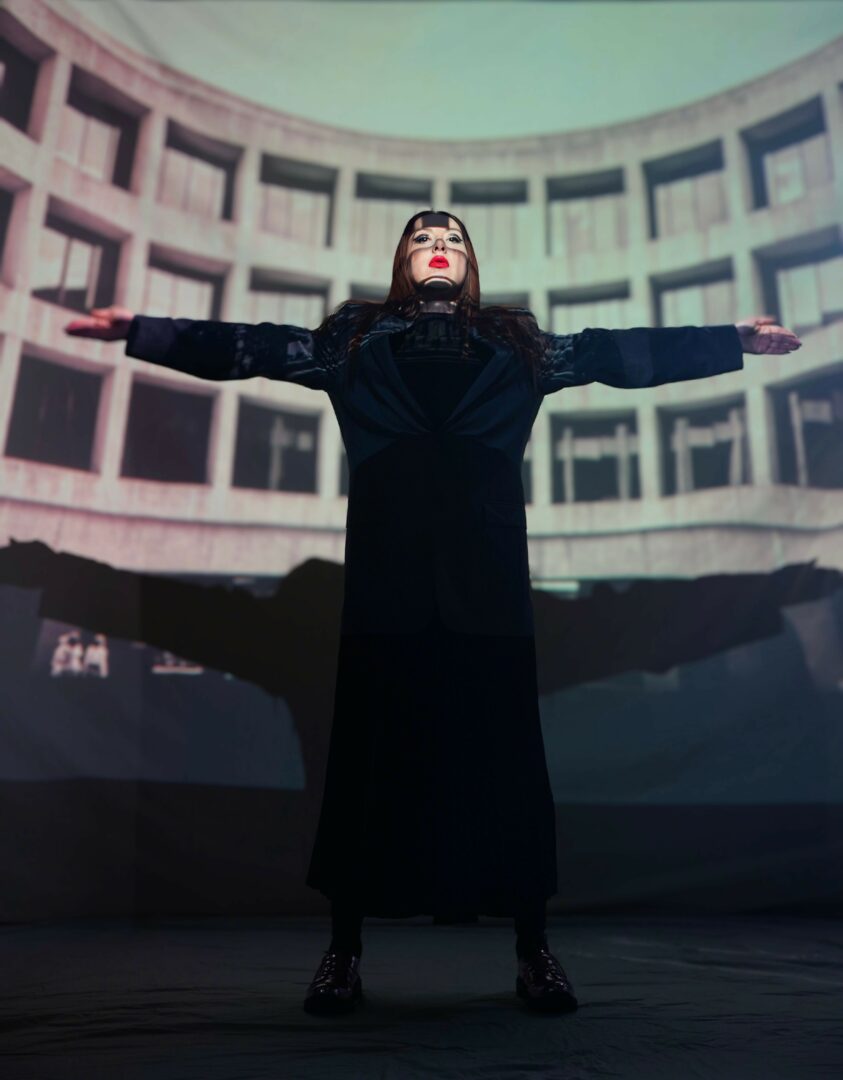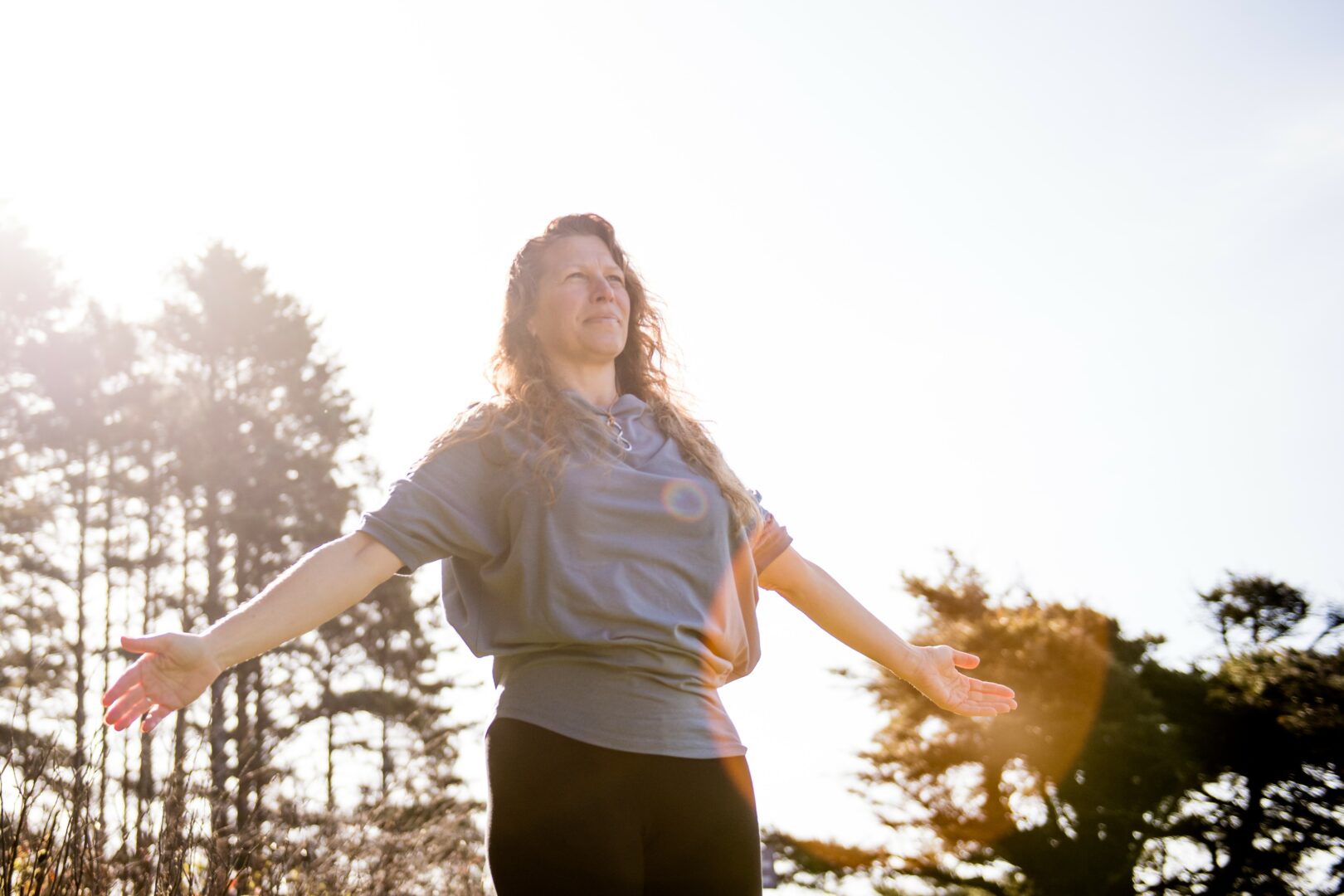Agatha Wright shared their story and experiences with us recently and you can find our conversation below.
Agatha, really appreciate you sharing your stories and insights with us. The world would have so much more understanding and empathy if we all were a bit more open about our stories and how they have helped shaped our journey and worldview. Let’s jump in with a fun one: Have any recent moments made you laugh or feel proud?
I currently live in the DMV region, where I am constantly reminded of the power of civic engagement. I feel proud to witness Americans actively preserving our civil liberties—whether by peacefully protesting or by showing up in solidarity with their communities. It inspires me to see people not only believe in their values but also have the courage to express them publicly and collectively in response to what is happening across the nation.
Can you briefly introduce yourself and share what makes you or your brand unique?
My name is Agatha Wright, and I work at the intersection of philanthropy, community building, and the arts. I am dedicated to fundraising and capacity building for emerging organizations in the arts, education, and human services sectors. Through this work, I help nonprofits secure the resources and infrastructure they need to grow, thrive, and deepen their impact in communities.
As an artist, I work under the name Ladyflux. My practice blends performance, social practice, and critical inquiry to explore themes of justice, identity, and collective transformation. I see my artistic work and my consulting practice as deeply connected—both are about creating space, amplifying voices, and building systems that honor people’s stories and aspirations.
What makes my work unique is this dual lens: I understand the structural needs of organizations while also engaging with the power of art to challenge, heal, and reimagine. Right now, I am expanding my artistic practice with new performance works while also growing support for artists and nonprofits across the country. Both paths are driven by the same vision: that art and justice are inseparable, and together they can shape a more equitable future.
Okay, so here’s a deep one: What breaks the bonds between people—and what restores them?
Bonds are built on trust and authenticity—between people, workplaces, and communities. When we show up for each other with honesty and purpose, we cultivate legacies rooted in mutual respect and shared prosperity.
What breaks these bonds is manipulation, coercion, or the pursuit of personal advantage at the expense of others. I have seen how such approaches never create lasting or meaningful social power. When individuals or organizations hoard influence and silo decision-making to a select few, they cut themselves off from the possibility of true collective progress.
Restorative practice begins with acknowledging the silos, systemic barriers, and conditions that stand in the way of collective prosperity. To rebuild broken bonds, all parties must be willing to meet each other halfway—creating space for mutual benefit, open communication, and genuine collaboration. But acknowledgment and dialogue are not enough on their own. Without concrete action, words remain hollow. True restoration happens when commitments are backed by consistent, meaningful action that rebuilds trust and reaffirms our shared purpose.
What did suffering teach you that success never could?
Suffering reveals truths that success never can. In moments of hardship, we are confronted with our own will to move forward, and the depth of our humanity. It teaches us not only about ourselves but also about the complexity of human behavior. Many of the most profound lessons I’ve learned—both personally and professionally—have come through struggle.
Suffering cultivates ingenuity, resilience, and the courage to forge new pathways. It sharpens our sense of empathy and reminds us that leadership rooted in compassion is far more transformative than leadership driven by aggression.
As Khalil Gibran wrote, “Out of suffering have emerged the strongest souls; the most massive characters are seared with scars.”
Next, maybe we can discuss some of your foundational philosophies and views? What’s a cultural value you protect at all costs?
Freedom is the most precious and fundamental cultural value I protect and uphold. It is the foundation of our democracy—the freedom to express ourselves fully, to create communal safe havens, and to publicly question or challenge each other when necessary.
Democracy, at its core, is a contract between citizens and their representatives—a mutual agreement to uphold the rights, responsibilities, and interests that bind us together as a society. Leadership is not inherited, unchecked power but a sacred duty: to honor and uphold the will of the people.
Collective freedom delivers a better quality of life: citizens in full democracies live longer, report greater happiness, and enjoy far higher economic prosperity. Democracies create healthier, wealthier, and more resilient societies precisely because freedom and accountability are their foundation. Protecting that freedom is not only a cultural value—it is a path to collective well-being. I’ll die on that hill to preserve it!
Okay, we’ve made it essentially to the end. One last question before you go. What do you think people will most misunderstand about your legacy?
I think the greatest misunderstanding about my legacy may come from the juxtaposition between my personal identity and my artistic practice. Ladyflux is a character I created as both a shield and a vessel—an armory I could step into when my work confronted controversy and collective discourse. She has been my way of protecting myself from the dangers and judgment that often come with making art that is politically and socially relevant.
What people may not realize is that Ladyflux is not separate from me—she is me. Over time, I’ve come to understand that the character I built to protect myself is simply an amalgamation of different facets of my personality. I am the mother of a young adult living with autism, a veteran of the United States Army, a prior civil servant at the National Gallery of Art, and a community activist. All of these experiences bring me closer to my frame of reference as an artist— and most importantly, as a person. My art is never an act of separation from my identity but an extension of it.
My humanity is infused into my work, and Ladyflux will always be a part of the legacy I leave behind— both as a public figure and most importantly as a person.
Contact Info:
- Website: https://www.fluxushaus.org
- Instagram: @ladyflux
- Linkedin: http://linkedin.com/in/agatha-wright-aa4015127
- Youtube: @fluxushaus2582
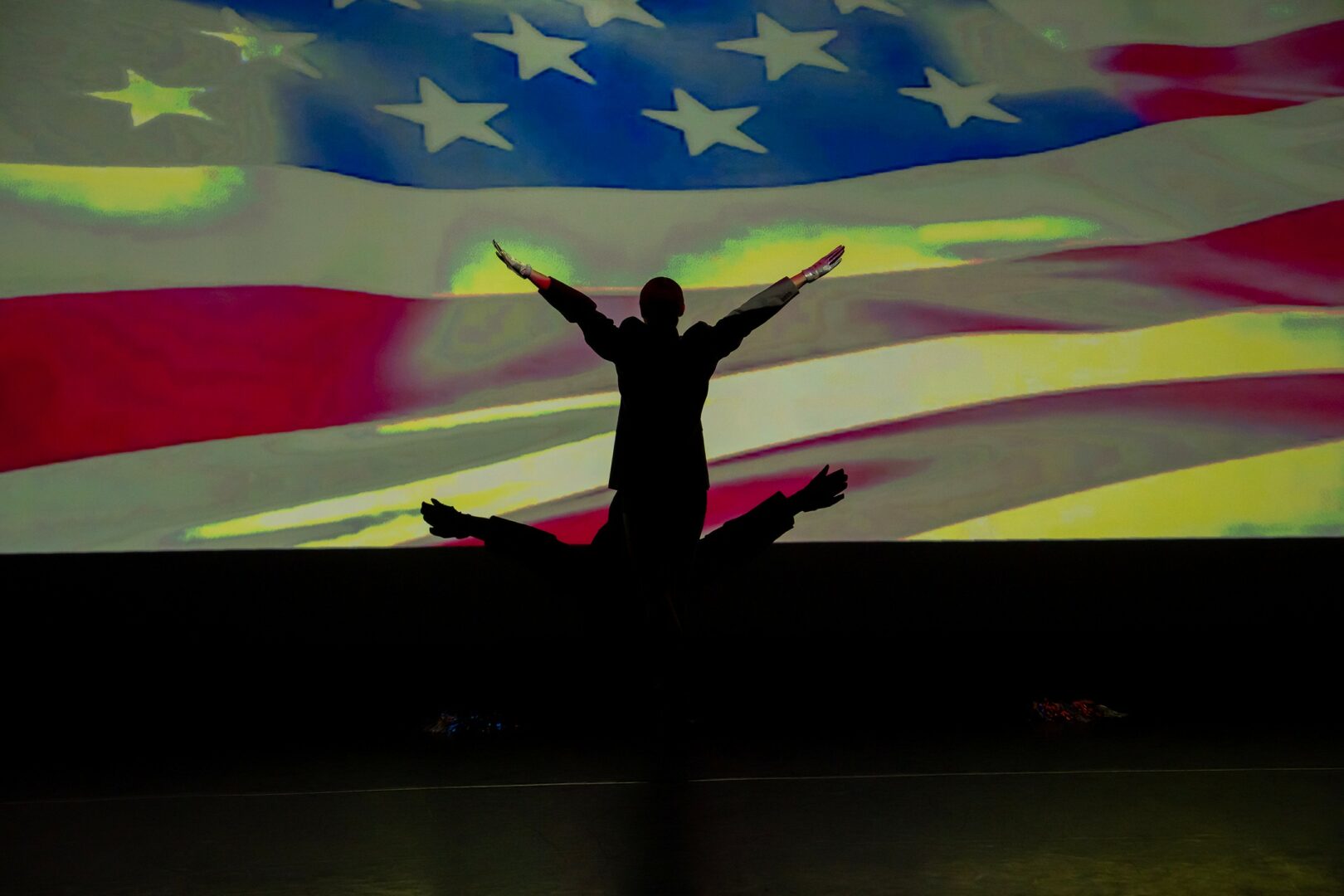

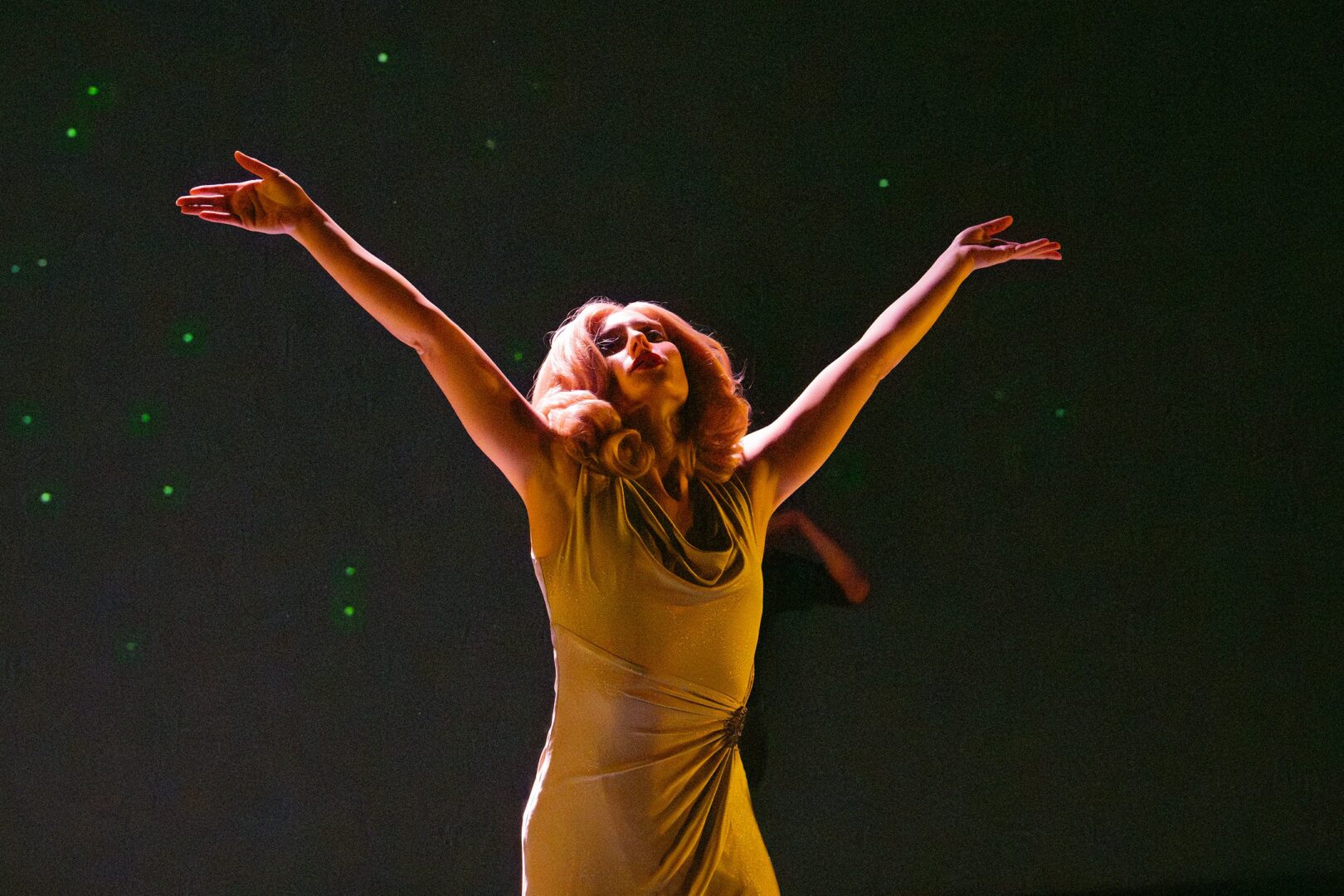

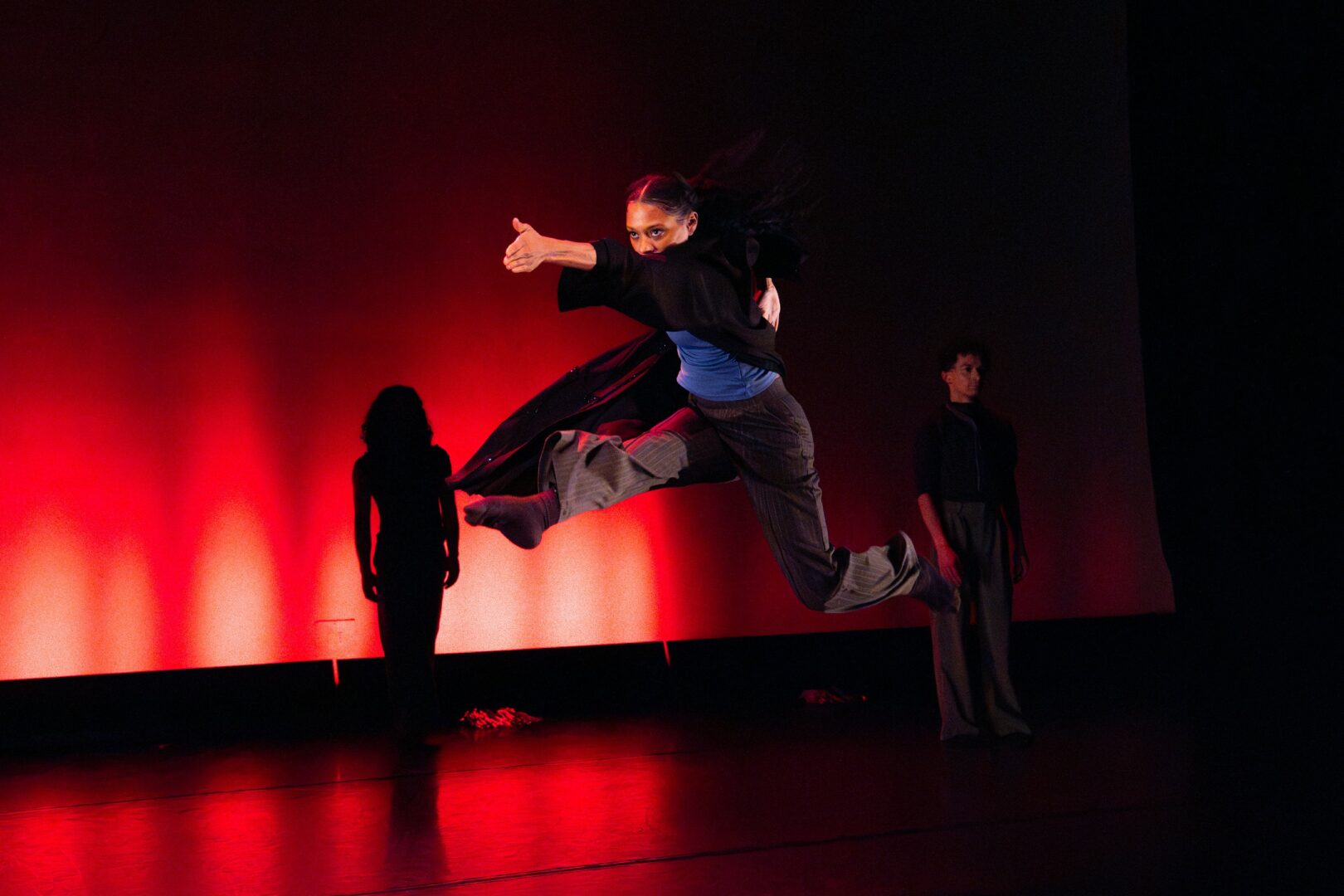

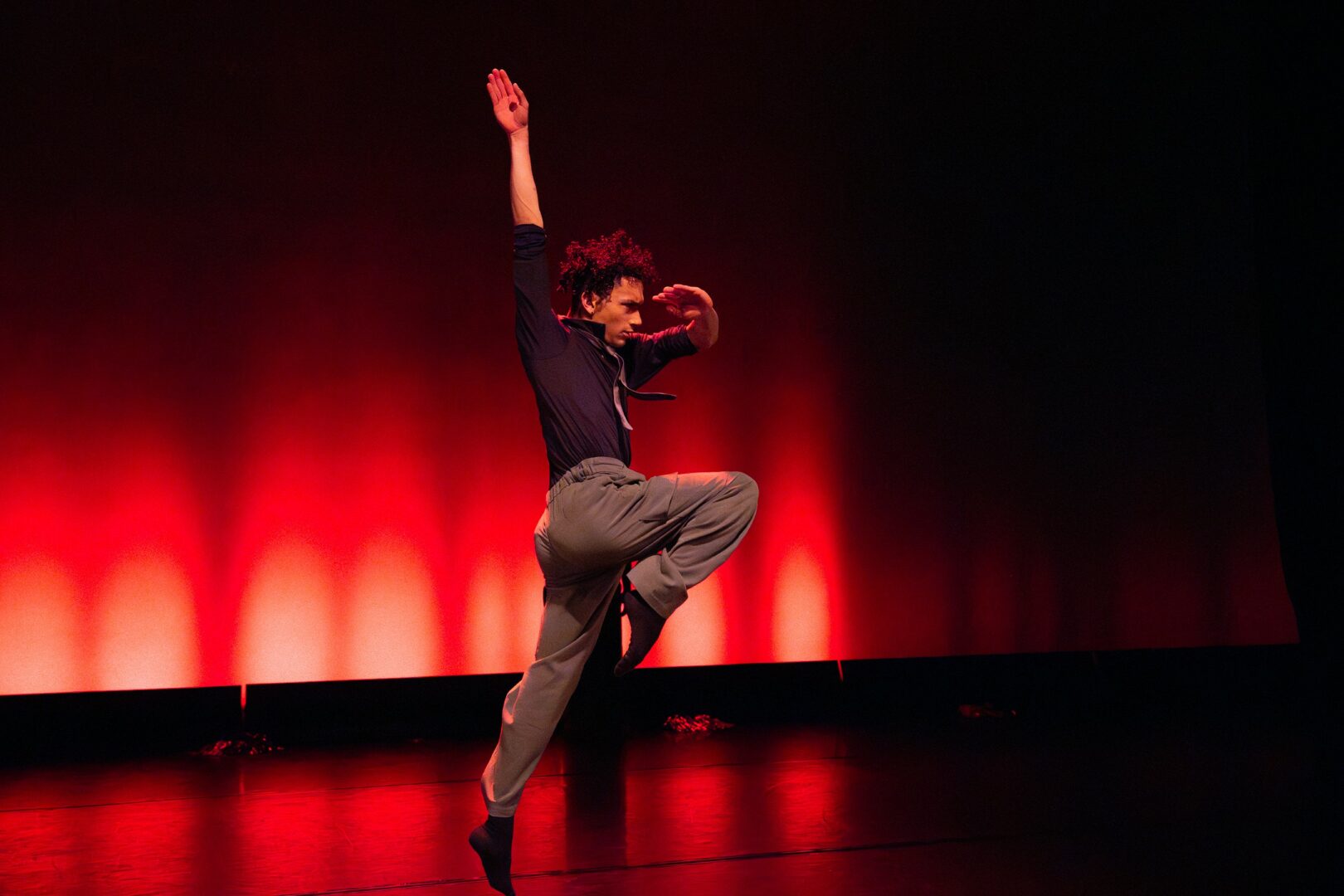
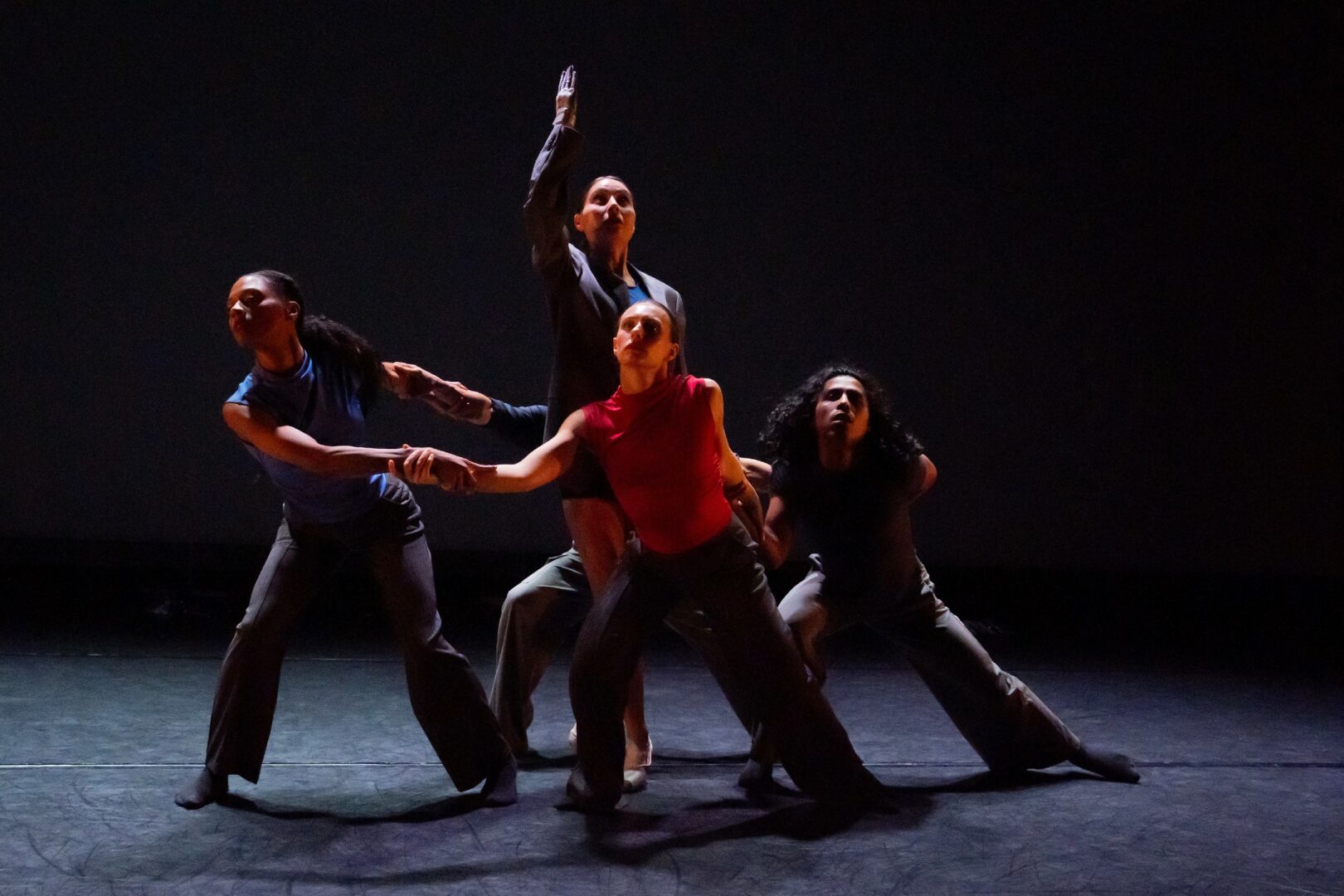
Image Credits
Photo 1: Agatha Wright by Paris Preston
All other photos: Hisae Aihara
so if you or someone you know deserves recognition please let us know here.

